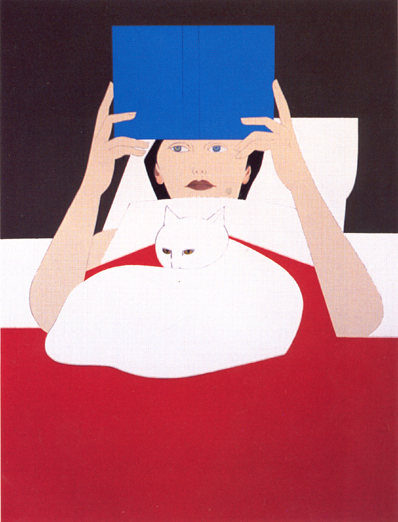| "Diana and Callisto," Peter Paul Rubens |
Thanks to Britain’s politically correct culture, male and female nipples got equal billing in the “rude parts” study at London’s National Gallery recently.
Lg Nobel Awards Roadshow (Roadshow), which prides itself on “rewarding preposterous research that first makes you laugh and then makes you think,” took its own study of London’s National Gallery’s paintings, counting nipples, women’s and men’s “areas," 274 in all, to the Imperial College this month.
The breakdown: Female nipples, 115; male nipples, 143; women´s ´areas´ 13, and men´s, 3.
We don´t know if Roadshow analysts include art students on a grant, bored Eaton graduates or statisticians having a manic episode.
 |
| "Helene Fourment" by Peter Rubens |
Like all questionably sound intellectual research, certain assumptions must be made, such as nipples of both genders carry equal “rude parts” weight.
A critical question for the Roadshow: Was Jesus human?
The study took the anatomically correct route, making him human, if only for limited purposes.
Since the Italians owned the majority of male nipples at the National Gallery, most of them His, Roadshow took this theological risk just to be fair to Italy.
Here´s what it excluded:
(1) “Physiology to cupids, puti, satyrs, maenads, fauns or any other creature of myth;
(2) “Physiology belonging to children;
(3) “Male or female ´areas´ hinted at only by a bulge or dip in cloth;
(4) “Physiology too small or shaded to be immediately recognizable;
(5) “Paintings no on show in the main galleries (level O and Rooms 5 and 10 are excluded from analysis).”
Let´s start with Britain.
| "Maja Clothed" Francisco de Goya |
Not a single British painting shows nudity.
Spain wasn´t far behind in clothing its models. (See, however, Francisco de Goya´s “Nude Maja” at the Prado.)
By comparison, about 80 percent of Flemish paintings reveal “rude parts,” Roadshow reported.
Once you factor Christ´s controversial nipples into the equation, Italian artists accounted for 51% of them.
What was the National Gallery´s visual sin bin?
| "Nude Maja" by Goya |
Room 29, which shows 22 female nipples, 5 male nipples, and 3 women´s “areas.”
Roadshow credits Peter Paul Rubens for tipping the scales in Room 29.
It´s doubtful Roadshow will revisit this subject, although it suggests “future researchers might also care to examine the ubiquity of buttocks and suggestive cleavage in western art.
“A comparative study of anatomical depiction among art traditions of different ethnicity would also be of interest.”
Rock on and practice peace and love.
Stefan, the ArtTraveler ™
Visit Andalusia for a walking holiday or week-long sculpture or mosaics workshop. See: www.spanjeanders.nl and www.competafinearts.com.
 | ||
| "Spanish life stilled," photograph by Stefan van Drake (2009) |
Check ArtTraveler´s latest video, an interview with Scottish illustrator and painter, Gordon Wilson, about his new "I Love Fish" exhibition, inspired by a commissioned mural he did 12 years ago for a West Glasgow gangster, who loved supporting writers and artists as well as organized crime.
You may reach me at stefanvandrake@gmail.com or by calling (34) 915 067 703 or from the UK at BT landline rates, 0844 774 8349.

















